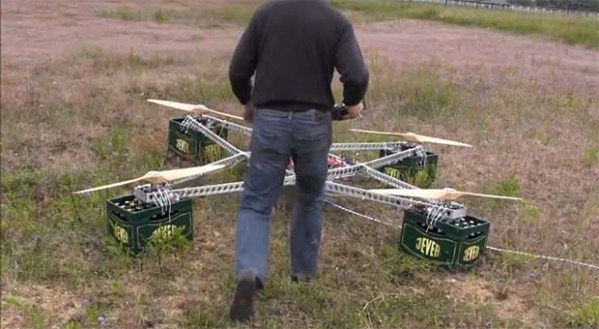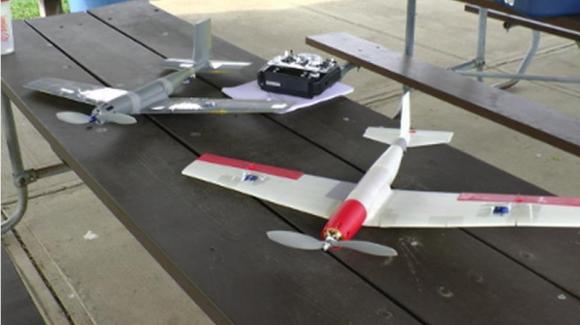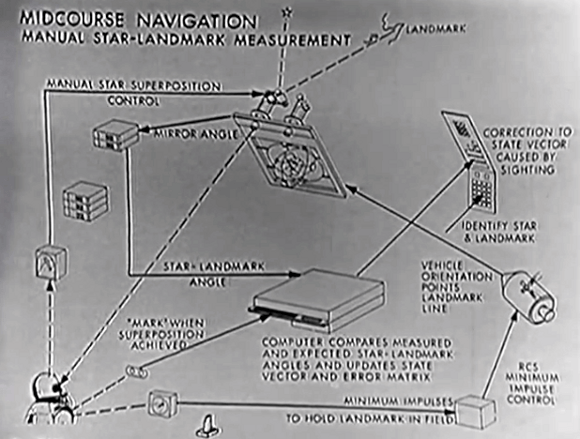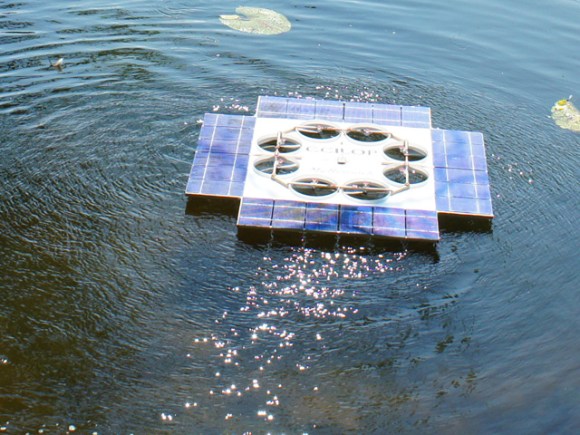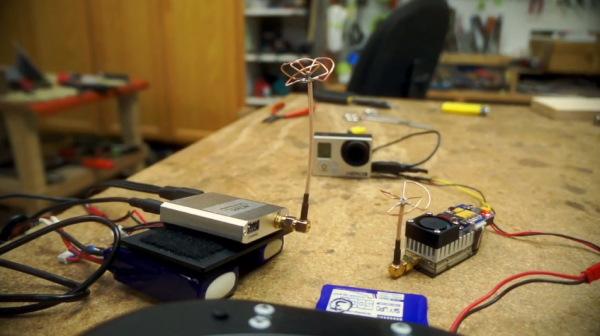Online RC store Hobby King is once again encouraging people to push the limits of what quadcopters and other multirotor remote control vehicles can do. They call it the beerlift and the goal is simple: build a multirotor craft capable of carrying the greatest amount of beer (or water, everything is measured by weight).
The competition is over, but the results were spectacular. The vehicle with the largest lift capacity – pictured above – was built by [Olaf Frommann] and carried 58.7 kilograms, or nearly 128 pounds to a hover a few feet off the ground. Last year the biggest lift was a mere 47 kg with an eight-rotor craft.
It was still an impressive showing all around. The biggest lift in the 700 class – 700 mm from rotor to rotor – was done by [David Ditch] with 19.6 kg. You can check out some of the best entries below, including an amazing aerobatic quadcopter that can successfully loop carrying a cup of beer,
Continue reading “Heavy Lifting Copters Can Apparently Lift People”

